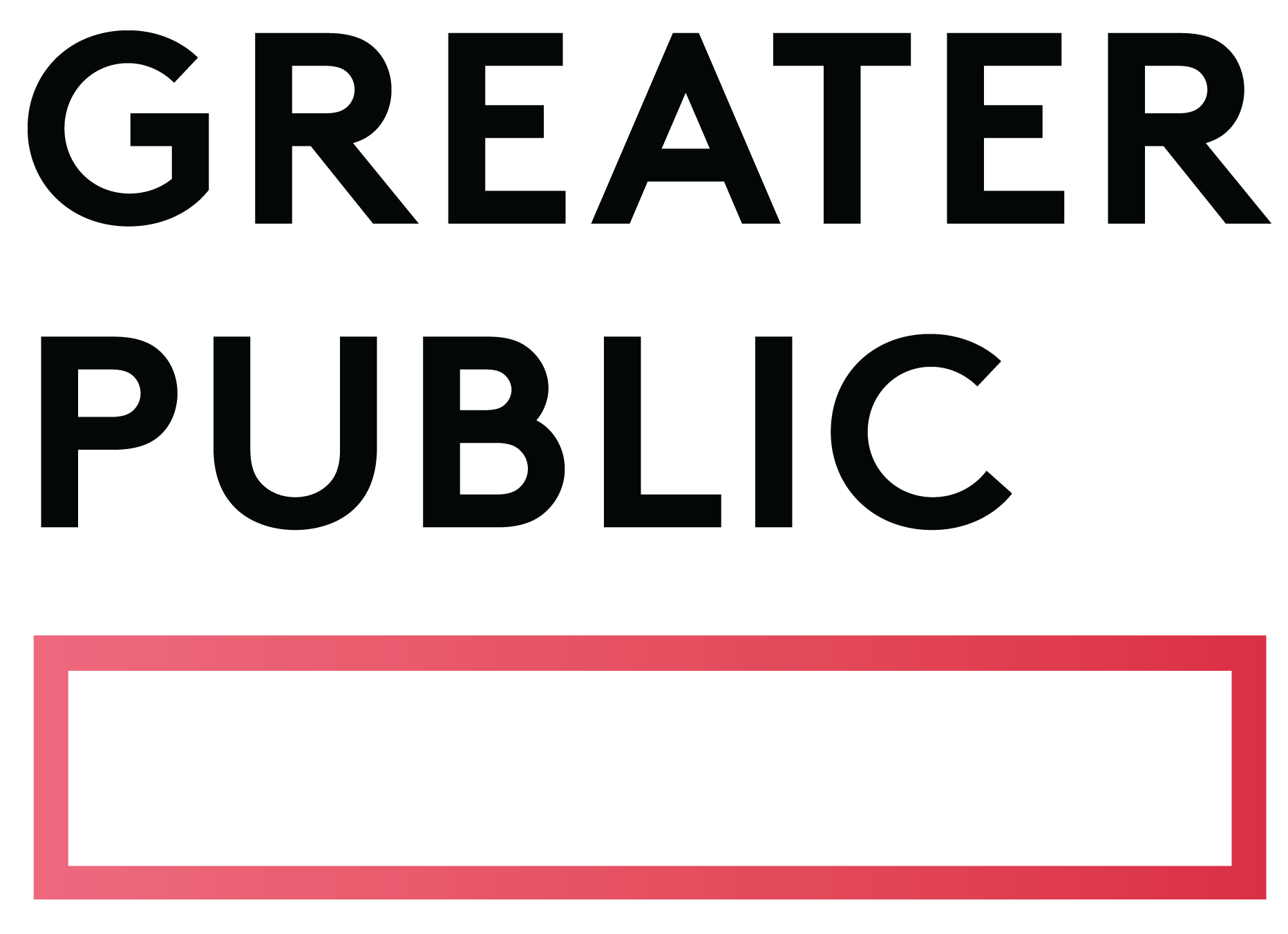1. Organizational mission and community communication
It’s crucial to cultivate an avenue of communication with donors that goes beyond email solicitations, program highlights and club announcements. This communication should demonstrate how you answer to the community you serve, as an expression of your station’s mission and vision. For example, instead of putting out a formal annual report designed largely for an audience of board members and major donors, consider shifting that data and storytelling into multiple accessible impact emails designed to show positive impact and connection to the community you serve. These emails can include stories from within your community and highlight examples of your organization’s mission and vision. This is just one way to regularly communicate with an audience that demonstrates your commitment to them and, in turn, builds trust.
2. Impact Website Pages
For more of a community-centered fundraising approach, you can create multi-media impact pages for your website showing qualitative impact, quotes from the community and positive changes stemming from the donations made by donors.
3. Allyship Communications
Fundraisers can ensure more connection and trust by moving away from station-centric communications, touting programming or asking for contributions during key celebratory months, like Black History Month, and instead moving toward allyship communication. Celebrate and encourage your audience’s engagement with outside organizations that your station already partners with throughout the year (like Black/African-American-led nonprofits during Black History Month). This shifts focus away from ourselves and builds bridges to the community.
4. Reframing On-Air Drive Scripting
Focus on community-centered fundraising in your on-air scripts, and point to the impact that donors’ dollars are making in the community. Shift away from messages such as “you help our station create programming” to “your donation ensures that diverse, vibrant programming inspires the community you live in each day.”
There should be awareness around small phrases such as “Make a donation at as little as $5 a month” and the large impact that these words can have on a potential donor. Phrases such as, “as little as” may insinuate that it’s small and doesn’t mean much to the station, rather than saying “an amount that’s right for you,” which encourages someone to give any amount to make an impact. Finding these phrases that are almost second nature in our on-air fundraising scripts takes time and effort to rewrite and ultimately retrain how we speak on-air, but the impacts of these steps are crucial to opening up donor communication and accessibility to our stations through fundraising.
Identifying and unlearning personal biases as a way to manifest change in our work is daunting. Changing how we frame projects and communication within philanthropy can feel like untangling an impossible web of historic and systemic practices built into our industry. But if taken one step at a time, it will lead to larger changes across teams and stations. Changing how we communicate to donors and engage with our community through the lens of asset framing recenters the focal point of our work and truly reorients us toward how and why we should be fundraising.








